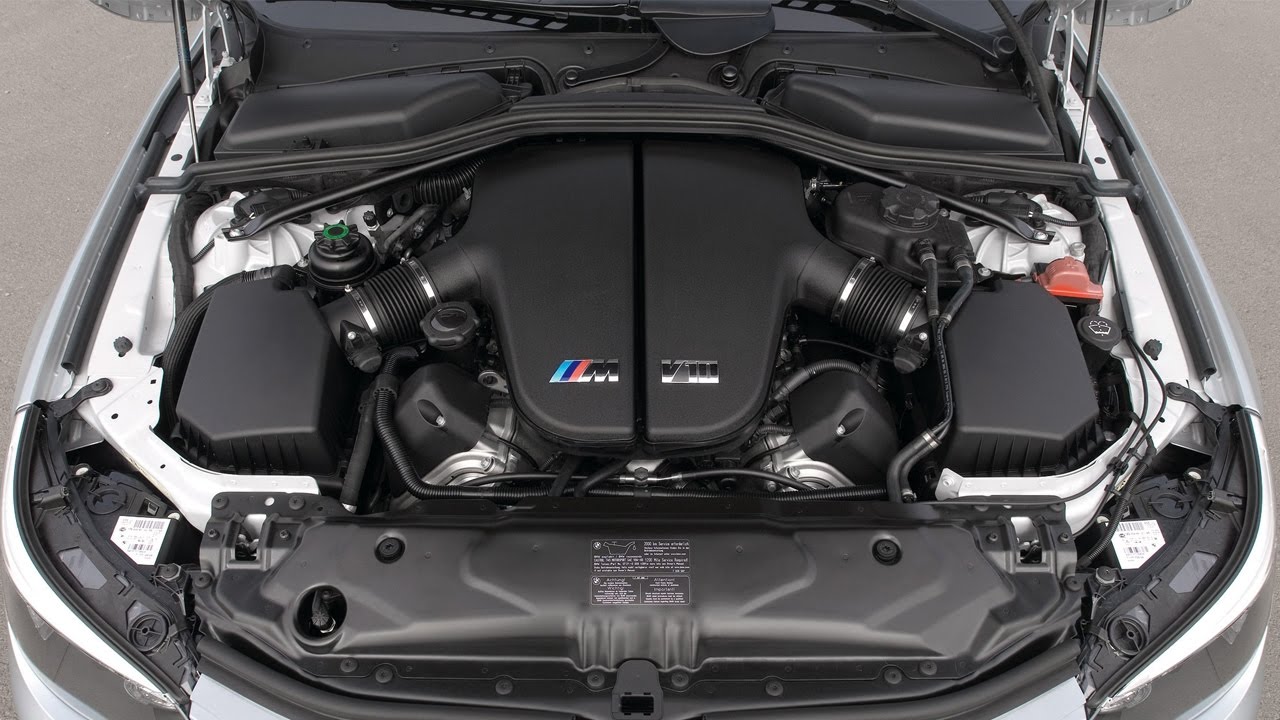
V10 is the engine you need to know more about
Content
- Basic device information
- V10 is an engine with a high work culture. What affects it?
- V10 is a car engine. It all started with the Dodge Viper.
- V10 - the engine was also installed on Volkswagen, Porsche, BMW and Audi cars.
- Asian and American cars with V10
- Application of the engine in F1 racing
- Operation of vehicles with a ten-cylinder engine
What does the abbreviation V10 really mean? An engine with this designation is a unit in which the cylinders are arranged in a V-shaped pattern - the number 10 refers to their number. It is worth noting that the term applies to both gasoline and diesel engines. The engine was installed on BMW, Volkswagen, Porsche, Ford and Lexus cars, as well as on F1 cars. Introducing the most important information about V10!
Basic device information
The V10 engine is a ten-cylinder piston unit designed to propel ground vehicles. On the other hand, two-stroke V10 diesel versions are designed for use on ships. The device has also played a role in the history of Formula One racing.
The engine is most often installed on vehicles that require a lot of power to operate. We are talking about trucks, pickups, tanks, sports cars or luxury limousines. The first V10 engine was created by Anzani Moteurs d'Aviation in 1913. This unit is designed as a twin radial engine with a twin five-cylinder layout.
V10 is an engine with a high work culture. What affects it?
The design of the V10 engine consists of two rows of 5 cylinders with a gap of 60° or 90°. The characteristic configuration of each of them is characterized by the fact that there are extremely low vibrations. This eliminates the need for counter-rotating balance shafts and the cylinders explode rapidly one after the other.
In this situation, one cylinder ruptures for every 72° of crankshaft rotation. For this reason, the engine can run stably even at low speeds, below 1500 rpm. without perceptible vibrations or sudden interruptions in work. All this affects the high accuracy of the unit and ensures a high work culture.
V10 is a car engine. It all started with the Dodge Viper.
V10 - engine earned a reputation for installing it on passenger cars. Even though it was less efficient than the V8 and its ride was worse than the V12, it still gained a loyal fan base. What exactly influenced this?
The model car that changed the direction of development of V10 units from commercial vehicles to passenger cars was the Dodge Viper. The design of the engine used was based on solutions implemented in trucks. This was combined with the knowledge of Lamborghini engineers (a brand owned by Chrysler at the time) and an engine was developed with a mind-blowing 408 hp. and a working volume of 8 liters.
V10 - the engine was also installed on Volkswagen, Porsche, BMW and Audi cars.
Soon, solutions from across the ocean began to be used by European brands. The German concern Volkswagen has created a 10-liter diesel engine. The V10 TDi power unit was installed on the Phaeton and Touareg models. It was also used in Porsche vehicles, especially the Carrera GT.
Soon, other cars with a V-shaped ten-cylinder unit appeared on the market, which the BMW brand decided to use. The developed high-speed engine went to the M5 model. Units with a volume of 5 and 5,2 liters were also installed on the Audi S6, S8 and R8. The motor is also known from the Lamborghini Gallardo, Huracan and Sesto Elemento models.
Asian and American cars with V10
The drive was installed on their Lexus and Ford cars. In the first case, it was about the LFA carbon sports car, which developed speeds up to 9000 rpm. In turn, Ford created the 6,8-liter Triton engine and used it only in trucks, vans and mega-SUVs.
Application of the engine in F1 racing
The power unit also has a rich history in Formula 1. It was first used in Alfa Romeo cars in 1986 - but never lived to see the moment when it entered the track.
Honda and Renault developed their own engine configuration before the 1989 season. This was due to the introduction of new rules that prohibited the use of turbochargers and reduced engine displacement from 3,5 liters to 3 liters. What should you pay special attention to. drive used by Renault. In the case of the French team, the engine was quite flat - first with an angle of 110°, then 72°.
The cessation of the use of V10 occurred in the 2006 season. This year, new rules were introduced that related to the ban on the use of these units. They were replaced by V2,4 engines with a volume of 8 liters.
Operation of vehicles with a ten-cylinder engine
Many may wonder how much a ten-cylinder unit burns with such powerful power. This is definitely not an economical version of the engine and is the choice of people who are looking for a unique automotive experience or who want to buy a car that performs well in heavy duty conditions.
You already know what features the V10 has. This engine has its pros and cons. For example, a VW Touareg passenger car with a V10 TDi engine has a tank capacity of 100 liters, the average fuel consumption is 12,6 liters per 100 kilometers. With such results, the car, with sufficiently large dimensions, accelerates to 100 km / h in 7,8 seconds, and the maximum speed is 231 km / h. Audi, BMW, Ford and other manufacturers have similar parameters. For this reason, operating a car with a V10 is not cheap.